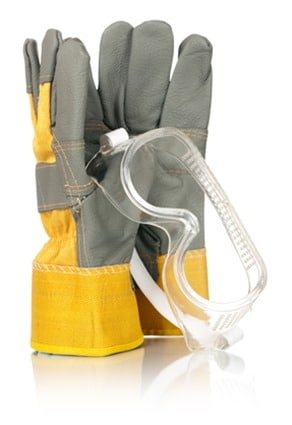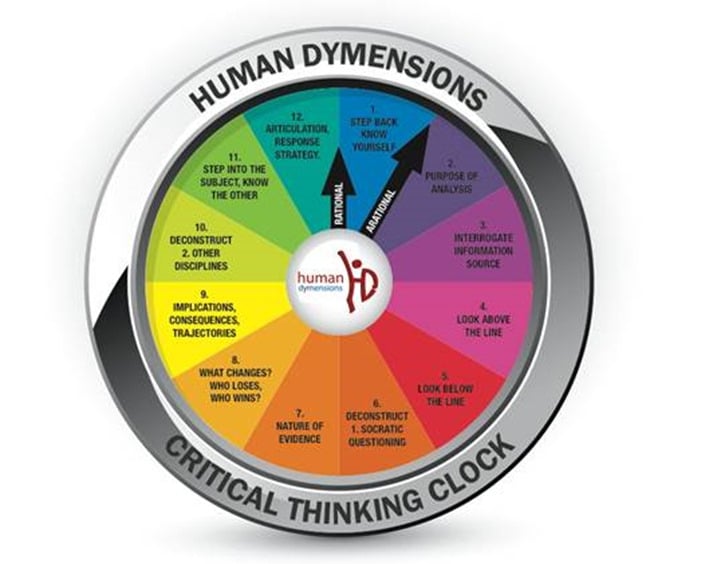Originally posted on June 13, 2014 @ 9:04 PM
Gloves and Glasses Compliance
By Dr Robert Long
 I wonder how many safety people will hit on this blog just because of the title? I did wonder for some time what more petty a title I could present but decided this would do. What a sad state when the lowest defence in the Hierarchy of Controls draws the greatest attraction. I wonder why this has become the trend? Is it because the mantra of the industry is risk aversion? Is it because PPE is so easy to police? Is it because the air space is full of zero? Is it because the SWMS cash cow has deluded everyone into thinking that quality is determined by volume? Maybe it is all of these things.
I wonder how many safety people will hit on this blog just because of the title? I did wonder for some time what more petty a title I could present but decided this would do. What a sad state when the lowest defence in the Hierarchy of Controls draws the greatest attraction. I wonder why this has become the trend? Is it because the mantra of the industry is risk aversion? Is it because PPE is so easy to police? Is it because the air space is full of zero? Is it because the SWMS cash cow has deluded everyone into thinking that quality is determined by volume? Maybe it is all of these things.
Then there will be the PPE police who will only read that I think it’s good to injure eyes and hands and this is not the point. The good old binary mindset has to see black and white to the exclusion of one option in favour of another. Learning to read beyond binary thinking enables a reader to consider ‘both-and’ not ‘either-or’ thinking. Learning how to read and write is not about literacy but about semiology. Many people think that reading is just reading, words are just semantics but reading critically and reading as a thinking process doesn’t come naturally. One of the biggest challenges for people doing the Post Graduate Program in the Psychology of Risk is learning how to read and articulate ideas. It is a shame that learning how to read and articulate ideas is not part of standard safety training.
For those interested, I have developed a range of tools (dozens in fact) that help develop leading in risk. One such tools is the iThink™ Critical Thinking Clock (Figure 1. below) as a tool to help learn how to read, think and write. This is one of many tools I use with clients in the risk maturity journey.
Figure 1. iThink™ Critical Thinking Clock
It is because learning and knowledge is cumulative, linear and ‘scaffolded’ (Vygotsky) that capability in reading, thinking and articulation of ideas is something one learns developmentally over time. This is why the Risk and Safety Maturity Matrix introduced previously, needs to be viewed as a whole rather than as a segmented metaphor. An understanding of learning intelligences and education/revelation is important in this regard. The general idea of the iThink clock is to ‘sweep’ through a range of rational and non-rational processes in tackling an issue, problem or idea.
The reality is, all risk assessment is a decision making that includes the constant shuffling of priorities and options. This is a necessary aspect of managing the evolution of hazards. Risk decision making is best when it is fluid and adaptable rather than fixed. Whilst it is good to have guiding tools, it is also good to be able to think outside of the design of the tool. Unfortunately, if the mind of the workforce is made to obsess about low risk and checklists (back to the topic of this blog), how much is this a distraction from a focus on the high risk and fluid nature of the workplace.
One of the easiest tasks on a safety walk or risk assessment is to ‘hit’ the obvious and visible things. Checklists do a good job of focusing the thinking of participants if they are not doing a ‘tick and flick’. Unfortunately, it is rarely what we can see that harms people. It is mostly the invisible things, the things people don’t see coming and the cultural things that harm us. Are we so preoccupied with the physicality of hazards that we have become desensitized to observing and listening for high risk invisible hazards? Are we so consumed with the way a checklist shapes thinking that we are losing the craft of independent critical thinking? Are we so consumed with tagging that we don’t hear how toxic cynicism, skepticism and double speak are to safety culture? Where are people trained in the skills required to ask open questions, observe (not spy) and listen for cultural indicators? Do safety people even know what cues to listen and look for? In my safety training I call this having an ‘iCue’ ™ not an IQ. Learning how to observe and listen for cultural indicators (iCues) is not simple, culture is not just systems, PPE and behavior. Again, learning how to recognise iCues does not come naturally and in some respects requires some ‘unlearning’ of a number of safety myths and methods that are misleading and hinder effective risk assessment.
One of the interesting attractions for the many tier 1 safety people who attend the Post Grad Program is learning to understand and think more critically about risk. Without exception they all say after Unit 3 that little of what they have been introduced to in the Program is considered by their companies. Most comment that the way risk is addressed is narrow, formulistic and closed. Indeed, most comment that it is a straight jacket to fit into rather than a tool to assist free and critical thinking about risk. It was one of these people who told me his company did a 2 hour induction for using a vacuum cleaner.
So, should we wear gloves and glasses? Of course, if they help manage risk. Is PPE what risk is all about? You decide.




Do you have any thoughts? Please share them below